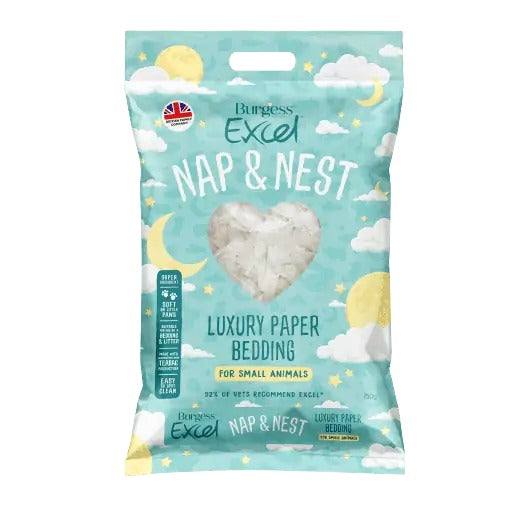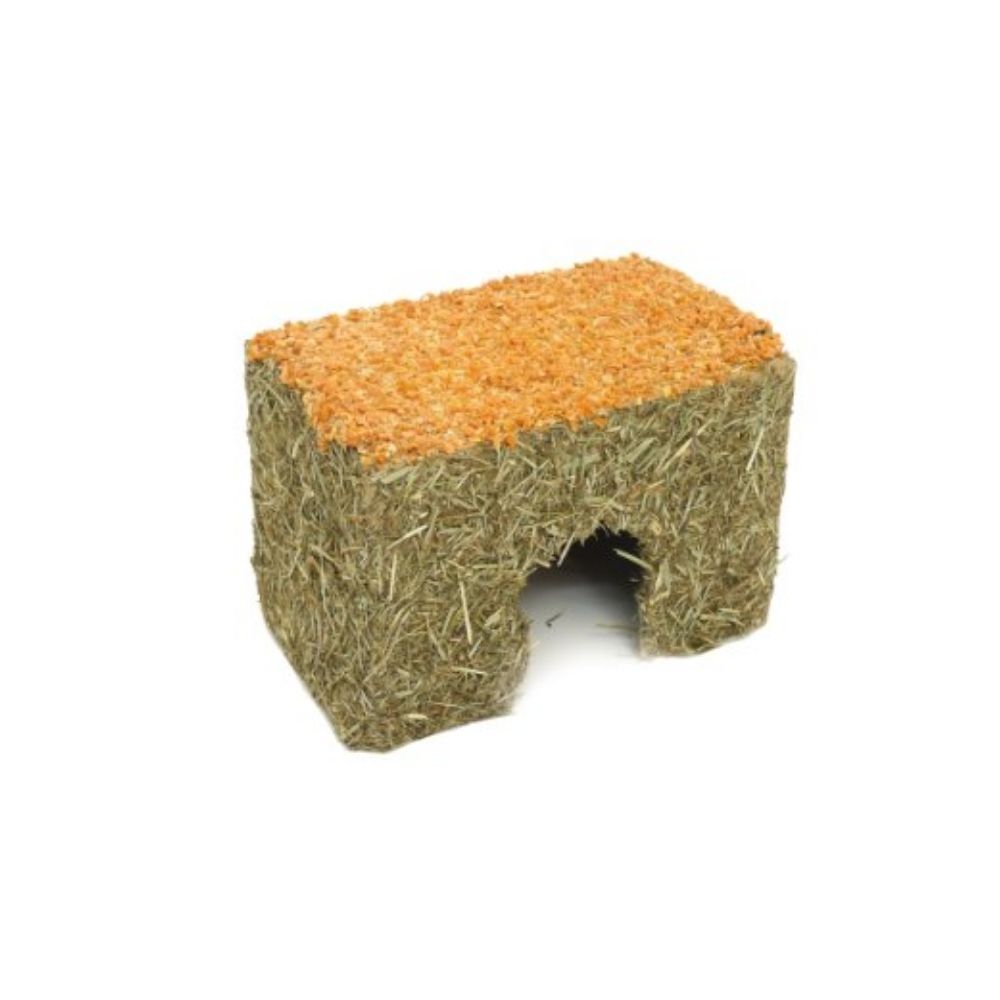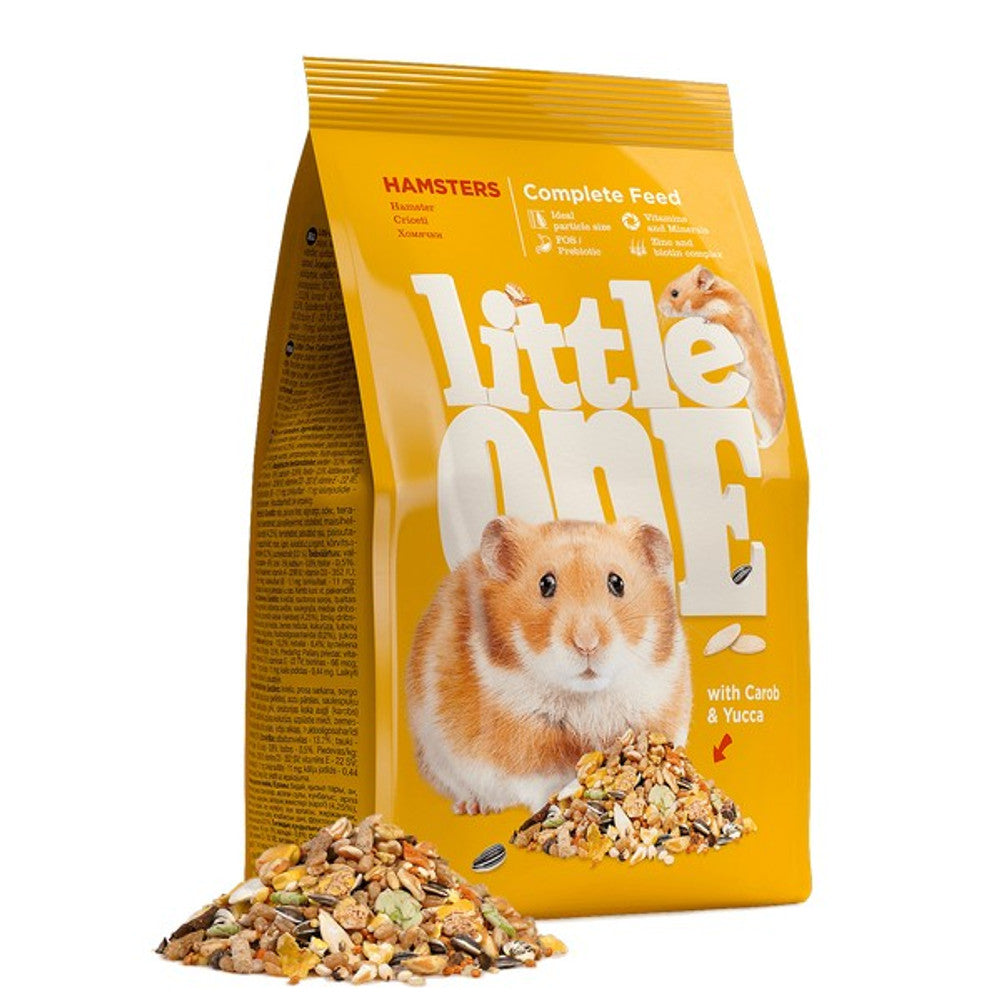Do hamsters hibernate? How to care for hibernating pets
Domestic hamsters are no longer adapted to practice true hibernation, due to the presence of artificial warmth and constant light in the home. This has resulted in hamsters evolving to not need to hibernate as their living conditions are much less variable than what usually causes hibernation to occur. However, in some instances, hamsters can still enter short periods of hibernation known as torpor, which can last from hours to days. Torpor is nothing to worry about, however, it is important to know what to look out for to ensure your hamster is not hibernating for too long.
Whether you’re looking for information on how to tell if your hamster is hibernating, and what to do afterwards, or if you’re searching for ways to prevent hibernation, keep reading for our helpful tips on how to care for hibernating pets.
How do you know when a hamster is hibernating?
The easiest way to tell if a hamster is hibernating is, that they will appear to be asleep or even dead - they will be cool to the touch and may even feel limp or stiff. Hibernating hamsters do not eat, drink, or go to the toilet and at first glance, there may be no visible heartbeat, however, if you study them closely you will be able to see sporadic, shallow breathing which will help you determine if they are hibernating or dead.
It’s important to note that not all species of hamsters have the same hibernation behaviours. Most European hamsters will sleep for significant periods during the winter months, which is known as obligatory hibernation. However, some Syrian and dwarf species do not follow the typical hibernating conditions and instead will only hibernate when the environment requires it and may enter a state known as, torpor, instead. In addition to this, female hamsters are known to hibernate or enter torpor for shorter lengths of time compared to their male counterparts.
Is my hamster dead or hibernating?
To determine if your hamster is in a state of hibernation or torpor, hold a mirror or spoon directly in front of their nose, if you see a slight fog, this means that your hamster is breathing and is simply in hibernation. Another way to determine whether your hamster is dead or hibernating is to feel whether their cheeks are warmer than the body temperature and to gently stroke them and watch out for any twitching whiskers. If there is no sign of breathing or movement from your hamster, then the hamster has most likely died.
What is the difference between hibernation and torpor?
Torpor and hibernation appear to be similar but they are not the same thing. Both behaviours help hamsters to survive when the conditions around them are not particularly favourable.
Torpor is a type of hibernation that can occur at any time of the year, it is used as a survival mechanism to help hamsters endure difficult conditions, torpor will occur if hamsters are:
- Exposed to low temperatures
- Experience less than 12 hours of daylight per day
- Have a limited supply of food.
Torpor can last hours or days, depending on when the conditions that have caused them to enter that state have improved. It can also be referred to as permissive or facultative hibernation as it is triggered by the hamster’s need to conserve energy. It’s important to note that if your hamster enters torpor and spend an extended amount of time in this state, it may result in death due to dehydration or hypothermia.
In some cases, the terms obligatory hibernation and torpor are used interchangeably, as both result in the slowing of respiratory rates, a decrease in activity and a lowering of body temperature. However, obligatory hibernation is less likely to occur these days due to the presence of artificial heat in the home. If obligatory hibernation does occur, your hamster will noticeably become “fat”, due to stocking up on food throughout the summer months, so that they are well equipped to hibernate throughout winter.
Can you wake a hamster up during hibernation?
Yes, the longer hamsters spend in a state of hibernation or torpor, the more dangerous it is for them, therefore we would recommend waking your hamster up if you notice them hibernating. In true hibernation, something most domestic hamsters do not experience, they would have built up reserves of fat over the summer, providing them with enough energy to survive winter hibernation. However, hamsters in torpor will not have done this and are therefore not prepared with enough fat stores to survive long periods of hibernation. In this instance, if torpor lasts for longer than 2-3 days, hamsters are at risk of hypothermia or dying from dehydration and lack of energy.
If you find your hamster in torpor, you will need to improve their environmental conditions so that they can wake up again, this includes raising the room temperature and providing more bright light. If you know that your hamster has only been in torpor for less than a day, it is possible to wake them up using gentle warming techniques such as:
- Holding them in your hand to use your body heat to warm them
- Stroking them gently on their body to help revive their circulation
- Placing them in a nest of warm towels to raise their temperature
It’s important to avoid exposing your hamster to anything too warm as raising their temperature too rapidly can lead to serious problems. If gentle warming doesn’t wake your hamster up, you can also try keeping a bright light on in the room they are in for 12 hours, which should stimulate them to wake up.
Once your hamster is awake, they must have plenty of food and fresh water readily available to replenish their energy. If your hamster has been in torpor for longer than a day, we would recommend taking them to the vet so that they can be checked over for any health issues and given the necessary support for issues such as dehydration and malnutrition.
How do I stop my hamster from hibernating?
To prevent your hamster from hibernating, you must ensure that their environmental temperature stays between 18-24 degrees Celsius, especially during the winter. You can do this easily by placing their cage in areas away from drafts and direct sunlight and making sure they have enough bedding in their cage to keep warm. In addition to preventing temperature variations, you must also ensure your hamsters receive at least 12 hours of bright light daily, and that they have a sufficient amount of food and water accessible at all times.
Here at Direct4Pet we have a wide selection of hamster bedding, food and accessories that can help keep your hamster warm and energised to prevent hibernation.


Burgess Excel Nap & Nest Bedding For Small Animals £10.29 and Rosewood Hamster Edible House Small Carrot Cottage £5.99
Ensuring your hamster has a sufficient amount of soft, insulating bedding is essential in preventing them from entering hibernation. This Burgess Excel Nap & Nest Bedding is made from unused offcuts from teabag production, making this bedding super absorbent and soft on hamster paws. This paper-based bedding is safe to use on all small animals including hamsters and can also be used for litter due to its high absorbency.
Providing your hamsters with a cosy place to create a den is also a great way to help prevent hibernation, or to keep them warm during short periods of torpor. This Rosewood Hamster House gives your hamster a unique, cosy den to hibernate in and keep warm. Made from strong, edible parchment board, coated in meadow hay and topped with a real carrot roof, this hamster den is perfect for sleeping in, climbing over and nibbling on.


Little One Feed For Small Animals £6.29 and Supreme Tiny Friends Hazel Hamster Lovelies Banana Strawberry & Apricot Treats £5.19
Ensuring your hamster has a constant supply of food is another way to prevent hibernation or help replenish their energy after torpor. The Little One Feed For Small Animals is inspired by your hamster's eating habits in their natural habitat, representing a special feeding approach that is designed to nourish your hamster according to their evolutionary adaptation to a diet that is rich in fruits, vegetables and herbs. This hamster food offers the perfect balance of nutrients, carbs and proteins, providing 32 different ingredients to mirror the hamsters' natural diet. All of these ingredients work together to ensure your hamster gets all of the nutrients and energy they need to live a happy and healthy life with a properly functioning body, to help avoid hibernation.
Similarly, giving your hamster tasty treats in addition to their usual food is another simple way to help keep your hamster full of energy to prevent hibernation. These Supreme Tiny Friends Hazel Hamster Lovelies are perfect for giving your hamster a tasty treat that can be carefully hand-fed, helping you to build those special moments together whilst also providing them with warmth. Made with natural ingredients with banana, strawberry and apricot, these treats can also be hidden around your pet’s enclosure to encourage natural foraging behaviours and provide entertainment.
